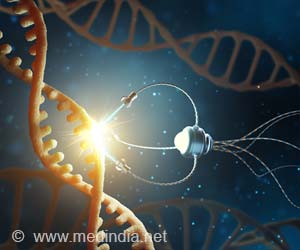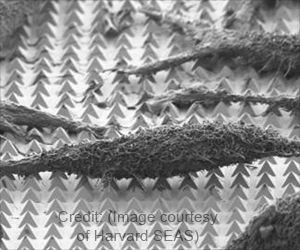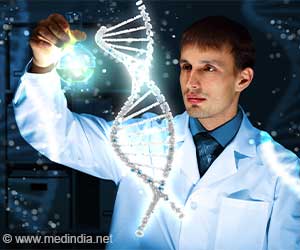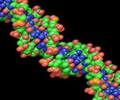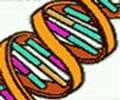Ancient DNA research is opening up new ways to personalize medicine and could play a key role in shaping the future of healthcare.
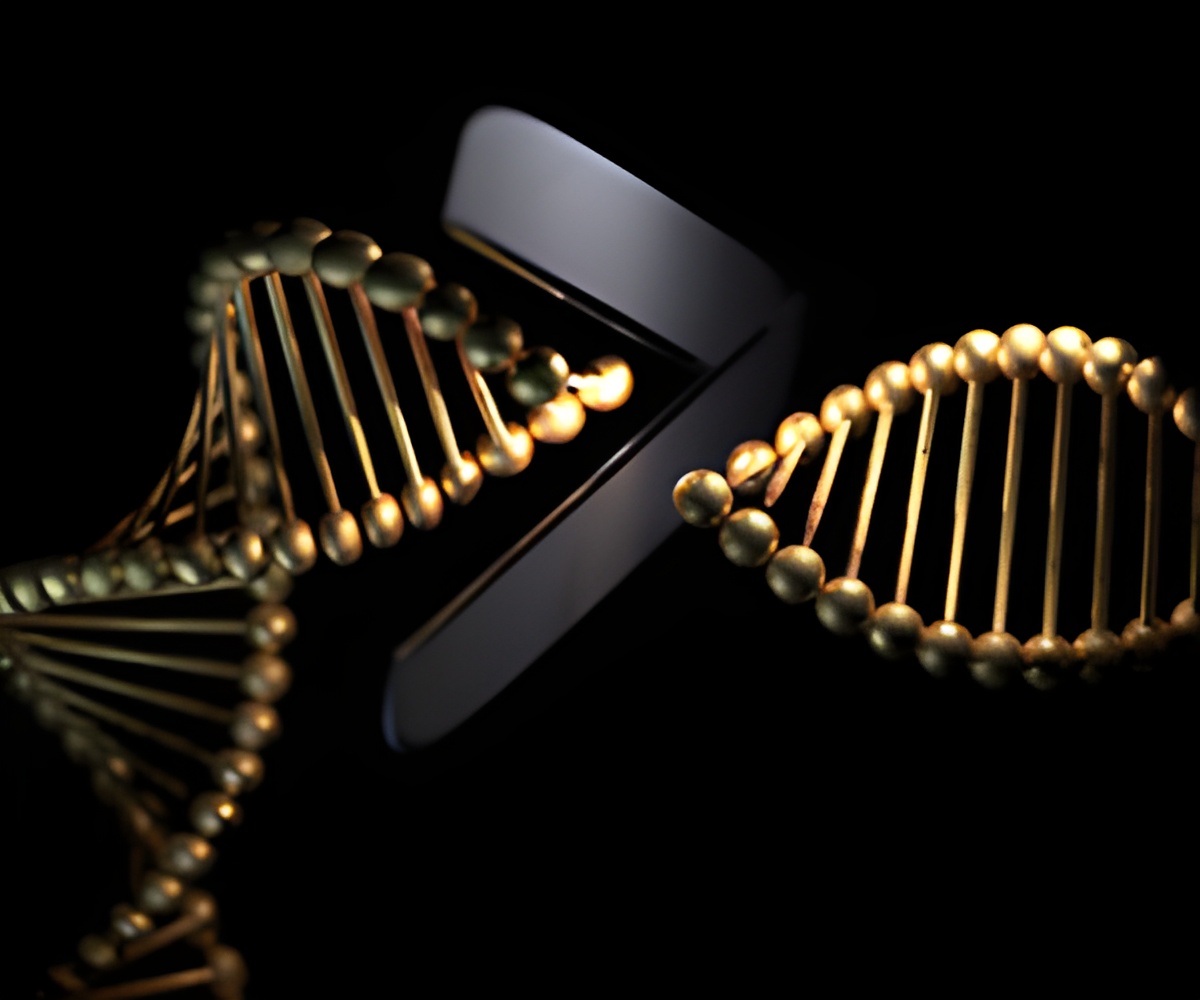
Back to the Future: How Is Ancient DNA Research Changing Medicine?
Go to source). Dr. Domarkienė and her team are doing groundbreaking work by studying ancient DNA, which is much more delicate and fragmented than modern DNA. After specialized training at the Max Planck Institute, she helped set up Lithuania’s very first lab dedicated to this kind of research, with the necessary facilities to prevent contamination. The team wears high-tech gear, much like the medical professionals during the pandemic, to ensure the results are as accurate as possible.
‘Did You Know?
Technology has advanced to the point where we can now look at nearly a million spots in a person's DNA all at once, helping us understand how genetic differences might be connected to diseases. #medindia #genetics #diseases’





Technology has advanced to the point where we can now look at nearly a million spots in a person's DNA all at once, helping us understand how genetic differences might be connected to diseases. #medindia #genetics #diseases’
Ancient DNA’s Impact on Modern Medicine
While studying ancient DNA might seem like a way to learn about the past, the results are changing how we treat modern health problems. Dr. Domarkienė points to the work of Swedish geneticist Svante Pääbo, who sequenced the Neanderthal genome and discovered a genetic variant that affects birth timing. This insight has led to treatments that help women today with fertility issues. It’s proof that looking back can help solve current medical challenges.Lithuania is quickly becoming a hub for genetic research, and the Medical Science Centre is a big part of this shift. With the infrastructure now in place, Dr. Domarkienė is excited about the country’s future in this field. The Centre is generating valuable data and contributing to international genetic databases, which positions Lithuania as a key player in the global scientific community.
Studying Humans and Their Environments
Dr. Domarkienė’s vision goes beyond human genetics alone. She wants to expand research to study how humans interacted with their environment—everything from animals and plants to ancient microbiomes. This broader approach could offer clues about how ancient humans adapted to environmental changes, lessons that are incredibly relevant as we face our own climate and ecological challenges today.While their research is groundbreaking, Dr. Domarkienė and her team are also focused on sharing their discoveries with the public. Through initiatives like Medical Genetics Awareness Week, they’re working to make complex genetic science accessible to everyone. Ultimately, Dr. Domarkienė hopes that the knowledge gathered from the past will not only enhance our understanding of history but also improve the health and well-being of people living today.
References:
- Back to the Future: How Is Ancient DNA Research Changing Medicine? - (https://www.vu.lt/en/news-events/news/back-to-the-future-how-is-ancient-dna-research-changing-medicine)
- Ancient DNA as a tool for medical research - (https://www.nature.com/articles/s41591-023-02244-4)
Source-Eurekalert

